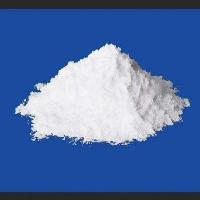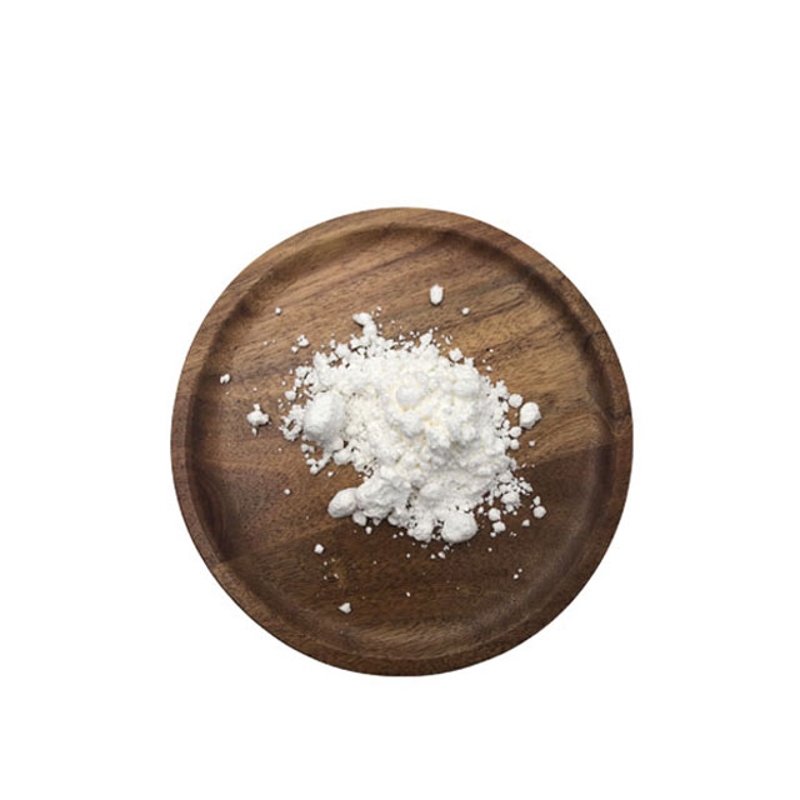-
Categories
-
Pharmaceutical Intermediates
-
Active Pharmaceutical Ingredients
-
Food Additives
- Industrial Coatings
- Agrochemicals
- Dyes and Pigments
- Surfactant
- Flavors and Fragrances
- Chemical Reagents
- Catalyst and Auxiliary
- Natural Products
- Inorganic Chemistry
-
Organic Chemistry
-
Biochemical Engineering
- Analytical Chemistry
-
Cosmetic Ingredient
- Water Treatment Chemical
-
Pharmaceutical Intermediates
Promotion
ECHEMI Mall
Wholesale
Weekly Price
Exhibition
News
-
Trade Service
Gallbladder carcinoma (GBC) is the most common malignant tumor of the biliary tract, with high mortality and poor prognosis
.
Due to the lack of optimal treatment, GBC is considered a highly fatal disease, with a 5-year survival rate of less than 5%
Gallbladder carcinoma (GBC) is the most common malignant tumor of the biliary tract, with high mortality and poor prognosis
Research Screening 2011 Nian 1 Yue Zhi 2018 Nian 8 month period diagnosis T1b / T2 GBC surgical patients
.
Assess overall survival (OS) , disease-free survival (DFS) and safety
Research Screening 2011 Nian 1 Yue Zhi 2018 Nian 8 month period diagnosis T1b / T2 GBC surgical patients
A total of 114 patients were included in the study, of which 61 were treated with OA and 53 were treated with PLA
Number of PLA and OA treatments at different time points
Number of PLA and OA treatments at different time pointsCompared with PLA and OA treatment, OS (HR=1.
572; 95%CI: 0.
866 2.
855; p = 0.
13) and DFS (HR=1.
225; 95% CI, 0.
677 2.
218; p = 0.
49) were not statistically different between the two groups
.
572; 95%CI: 0.
866 2.
855; p = 0.
13) and DFS (HR=1.
225; 95% CI, 0.
677 2.
218; p = 0.
49) were not statistically different between the two groups
.
Compared with PLA and OA treatment, OS (HR=1.
OS treated in both groups
OS treated in both groupsDFS treated in both groups
DFS treated in both groupsIn addition, there were fewer intraoperative drainages after PLA, but there was no significant difference between the two groups (PLA 1.
3 vs.
OA 1.
4, p = 0.
253)
.
PLA does not significantly increase the intraoperative blood loss of GBC patients (PLA 257.
In addition, there were fewer intraoperative drainages after PLA, but there was no significant difference between the two groups (PLA 1.
Comparison of secondary prognostic indicators of treatment between the two groups
Comparison of secondary prognostic indicators of treatment between the two groupsMultivariate analysis found that LNs positive (p = 0.
032) and tumor differentiation (p = 0.
048) were independent risk factors for OS after PLA .
Multivariate analysis did not find independent risk factors for DFS after PLA .
Patients with good or poor OS who were treated with PLA had similar recurrence rates (p = 0.
402) .
In addition, positive LNs (p = 0.
005) was considered an independent risk factor for OS after OA .
In addition, age (p = 0.
013) , gallbladder stones (p = 0.
008) , tumor size (p = 0.
028) and positive LNs (p = 0.
044) are potential risk factors for DFS after OA .
032) and tumor differentiation (p = 0.
048) were independent risk factors for OS after PLA .
Multivariate analysis did not find independent risk factors for DFS after PLA .
Patients with good or poor OS who were treated with PLA had similar recurrence rates (p = 0.
402) .
In summary, studies have shown that PLA for T1b/T2 stage GBC is comparable to OA in terms of perioperative and long-term outcomes
Original source:
Cao J, Wang Y, Zhang B, Hu J, Topatana W, Li S, Juengpanich S, Lu Z, Cai X and Chen M (2021) Comparison of Outcomes After Primary Laparoscopic Versus Open Approach for T1b/T2 Gallbladder Cancer.
Front.
Oncol.
11:758319.
doi: 10.
3389/fonc.
2021.
758319Cao J, Wang Y, Zhang B, Hu J, Topatana W, Li S, Juengpanich S, Lu Z, Cai X and Chen M (2021) Comparison of Outcomes After Primary Laparoscopic Versus Open Approach for T1b/T2 Gallbladder Cancer.
Front.
Oncol.
11:758319.
doi: 10.
3389/fonc.
2021.
758319 leave a message here







